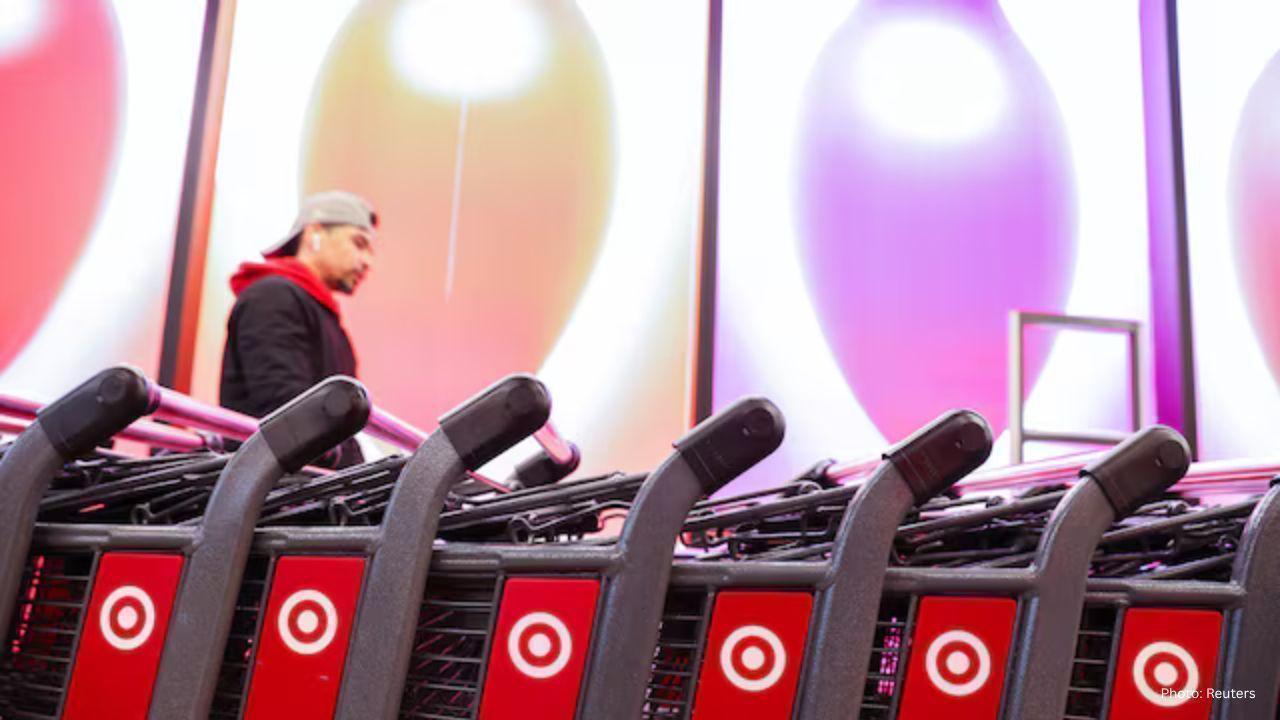You have not yet added any article to your bookmarks!

Join 10k+ people to get notified about new posts, news and tips.
Do not worry we don't spam!

Post by : Anis Farhan
What began as a stylish step counter has quietly become one of the most powerful life-saving tools of our generation. Smartwatches — once worn to track calories burned or display the time in a slick new way — are now entering their third evolutionary phase: Wearables 3.0.
In this era, watches are no longer passive trackers. They predict illness, alert emergency services, and empower people to take control of their health in ways that were unimaginable just a few years ago. From sleep apnea detection to early heart attack warnings, wearable tech is reshaping personal health — and it might just save your life.
Smartwatches first gained popularity with fitness enthusiasts in the early 2010s. Step goals, calorie counters, and workout reminders were their initial charm. The second wave, Wearables 2.0, came with smarter sensors — heart rate monitors, ECG functionality, and blood oxygen levels — offering data, but mostly for analysis after the fact.
Wearables 3.0 is proactive. It uses predictive algorithms, AI-powered analysis, and real-time data monitoring to provide health alerts in real-time. It doesn’t just tell you that your heart rate was high — it tells you why, and what to do next. Apple Watch, Samsung Galaxy Watch, Fitbit, and Huawei wearables are all part of this movement, with their latest models offering continuous monitoring and emergency responses built into their systems.
One of the most talked-about examples of life-saving wearables came when multiple Apple Watch users reported receiving atrial fibrillation alerts before any symptoms were noticeable. These early alerts led many to discover undiagnosed heart conditions, ultimately preventing strokes or cardiac arrests.
In the US and parts of Europe, smartwatch users have reported the device calling emergency services automatically after detecting a hard fall or abnormal heart rhythm. With LTE-enabled wearables now standard, the watch itself can become a life-saving communicator when the user is unconscious or alone.
Chronic illnesses like diabetes, hypertension, sleep disorders, and cardiac irregularities often creep in silently. Wearables are now being trained to flag early indicators of:
Sleep Apnea: By measuring oxygen saturation, pulse variability, and movement during sleep, smartwatches can flag signs of obstructive sleep apnea — a condition that often goes undiagnosed but significantly increases risk of heart disease and stroke.
Atrial Fibrillation (AFib): Many wearables now have FDA-cleared ECG apps that allow users to take electrocardiograms from their wrists. They can notify users of irregular heart rhythms, even if no symptoms are present.
Diabetes Risk: While non-invasive glucose monitoring is still in research, some smartwatches now predict diabetes risk by tracking metrics like heart rate variability, temperature fluctuations, and sleep disturbances.
Stress and Mental Health: Modern wearables also track breathing rate, skin temperature, and even electrodermal activity to detect rising stress levels — offering meditation prompts or suggesting breaks to prevent burnout.
Southeast Asia, home to some of the fastest-growing digital health markets, is not just a consumer but a contributor to Wearables 3.0. Countries like Singapore, South Korea, and Japan have embraced health-tech integration.
Singapore’s Health Promotion Board partnered with Fitbit to launch "Live Healthy SG" — a national program incentivizing citizens to maintain wellness via wearable data. In Japan, smartwatches are being integrated into eldercare systems to monitor fall risk and early cognitive decline. India, while still emerging, has seen rapid growth in local brands like Noise, boAt, and Fire-Boltt, which are rolling out health-centric features at affordable prices.
Recent reports from emergency rooms across Asia and the Middle East have recorded smartwatch interventions that proved critical. In Malaysia, a smartwatch flagged abnormally high heart rates in a teen who was later diagnosed with myocarditis. In Dubai, a cyclist’s fall in a remote area led to an automated SOS call, and paramedics were dispatched with his GPS location, thanks to his watch.
These aren’t isolated cases — they're proof that wearable tech is crossing over from lifestyle convenience to critical healthcare infrastructure.
Despite these advances, wearables aren’t perfect. Critics warn against overreliance or assuming the devices replace traditional medical care. Smartwatches can occasionally trigger false positives, leading to anxiety or unnecessary tests. They can also miss anomalies if the sensors aren’t calibrated correctly or if data isn’t interpreted within the broader context of the user's health.
Moreover, the digital divide means access to these life-saving devices remains a privilege. Not everyone can afford or understand how to use wearables effectively, especially in low-income regions.
The future of Wearables 3.0 is moving toward non-invasive continuous diagnostics. Several startups and research labs are racing to develop smartwatches that can measure blood glucose, hydration levels, lactic acid, and even cortisol for stress. Rumors of an Apple Watch with glucose-sensing capabilities have been circulating for years, and if achieved, it could revolutionize diabetes care.
AI will become more deeply embedded, enabling watches to predict health issues days or even weeks in advance. We may soon see wearables detecting viral infections (like COVID-19 or flu) even before symptoms manifest — giving users a head-start in isolation or treatment.
For users, turning a smartwatch into a health ally means more than just wearing it. Here are a few quick tips:
Activate Emergency Features: Set up fall detection, emergency SOS, and medical ID.
Regular Calibration: Ensure your watch’s software is up to date for accuracy.
Sync with Health Records: Connect your wearable with apps like Apple Health or Google Fit for full health profile analysis.
Consult, Don’t Assume: If you receive an abnormal reading, treat it as a cue to consult a healthcare provider — not a diagnosis.
In a world increasingly leaning toward preventative healthcare, the rise of smartwatches as health sentinels is a leap forward. It’s a rare case where technology meets intuition — monitoring your pulse, stress, sleep, and movement silently in the background, ready to alert you before things go wrong.
We are entering a time when a watch doesn’t just count your steps — it might just save your life.
This article is a part of Newsible Asia’s health-tech series, offering informational insights on emerging health trends. It is not intended to substitute professional medical advice, diagnosis, or treatment. Always consult with a qualified healthcare provider regarding your health condition or use of medical devices.










Akshaye Khanna exits Drishyam 3; Jaideep Ahlawat steps in fast
Producer confirms Jaideep Ahlawat replaces Akshaye Khanna in Drishyam 3 after actor’s sudden exit ov

Kapil Sharma’s Kis Kisko Pyaar Karoon 2 to Re-release in January 2026
After limited screens affected its run, Kapil Sharma’s comedy film Kis Kisko Pyaar Karoon 2 will ret

Hrithik Roshan and Saba Azad Celebrate Christmas at Family Party
Hrithik Roshan and Saba Azad celebrated Christmas at Sussanne Khan’s party, sharing happy moments wi

China Sanctions 20 US Defense Firms Over Taiwan Arms Sales Dispute
China imposes sanctions on 20 US defense companies and 10 executives for supplying arms to Taiwan, e

Salman Khan’s Grand 60th Birthday Bash at Panvel Farmhouse Shines Bright
Salman Khan celebrates his 60th birthday with a grand party at Panvel farmhouse, sharing joyful mome

Thailand Defence Minister Joins Talks to End Deadly Border Clash
Thailand’s defence chief will join talks with Cambodia as border clashes stretch into a third week,